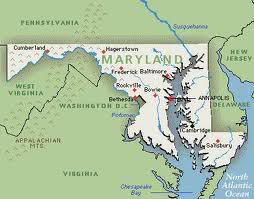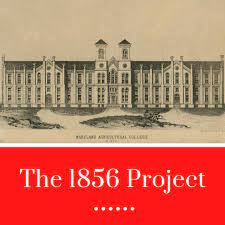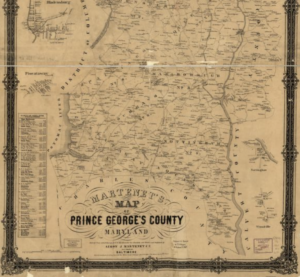Breaking News! University Founders Owned Slaves!
I’m Shocked! Shocked! The University of Maryland’s founders owned slaves.
“A report by the state’s flagship university explores the institution’s connections to slavery,” reads the key on the Feb. 26 Washington Post Metro front to a story on Page B2. The story, credited to the Baltimore Sun, reports that the University of Maryland at College Park was founded by slave owners, as revealed in the school’s 1856 Project, named for the year the school was founded as the Maryland Agricultural College. The Baltimore Banner covered this story in much greater depth. According to its report, The 1856 Project plans to identify all of the enslaved people who lived on what is now the College Park campus.
Why Washington Post staff hadn’t covered this local story is another issue. However, from the Sun’s reprinted report, we learn that “several of the college’s 600 initial financiers were enslavers or had ties to the slave economy.” Well, duh!
Flash! Maryland was a slave state, and in the DC area and Southern Maryland, its entire economy was based on chattel slavery. Prince George’s County, where UMD is located, had a population in 1860 of 23,327, of whom 12,479—53.5 percent — were enslaved. That was the largest slave population in the entire state. The number of slaveholders – 847 – was exceeded only in Baltimore City, with a total population of 212,418, with 1,296 slaveholders and only 7,332, one percent of its population enslaved.

Slavery in Maryland was abolished in 1864 with the adoption of a new state constitution, but its legacy has lingered.

The Maryland Agricultural College
Since Prince George’s had the highest percentage of slaves in the state, it should come as no surprise that its leaders – including the school’s founders – owned slaves. But because even now uncomfortable history is seldom taught and must be excavated, by consortiums like Universities Studying Slavery, of which UMD is a member, it seems to come as a revelation.
The University of Maryland researches its roots in chattel slavery. This new awakening has become a thing also in the mainstream media. Not a bad thing, to be sure, but a thing that is to some somewhat controversial and “news.” Thus, we have the Washington Post’s big “exclusive” that more than 1,800 members of Congress were slaveholders. “The Washington Post has compiled the first database of slaveholding members of Congress by examining thousands of pages of census records and historical documents,” the paper boasted.
The historical record, you might say, was hiding in plain sight. Why is any of this a surprise?
Yet, the media is having an epiphany–a reflection of how little we know and should have known.
But singling out slaveholders misses the forest for the trees, which has been covered in depth by The New York Times’ much maligned “1619 Project.” Its thesis is that chattel slavery was foundational in the beginning of this country . At a time when so-called “critical race theory” is targeted by the hard right in our polarized politics, it has been pilloried as some kind of leftist “woke” conspiracy to distort history. Rather, it is a needed corrective.
Back in College Park, of course the land was acquired from a slaveholder (who was also incidentally owner of formerly indigenous land). The university was segregated until the first black student was admitted, after two years of litigation, in 1951, and it was only in 1959 when the school had its first Black graduate. Meanwhile, right across Route 1 from the campus, in the Lakeland community, lived African Americans who held menial jobs on the campus they could not otherwise attend. Their homes were in a swampy, often flooded area.
Presenting the old as new is fine, as far as it goes. But it’s really an indictment of society that such history was for so long suppressed. And the view is more than a little bit myopic, since it elides over The smoldering history of systemic racism that sadly continues to muddy our present and cloud our future..
American exceptionalism indeed. But globally, there was nothing exceptional about slavery in America. European empires and African kingdoms also thrived on it.
Is this any way to end Black History Month? It may be, but only as a reminder that, as William Faulkner famously wrote, “The past is never dead. It’s not even past.”

Map of Prince George’s County, 1861
Excellent.
Fantastic example of why I subscribe to this blog.